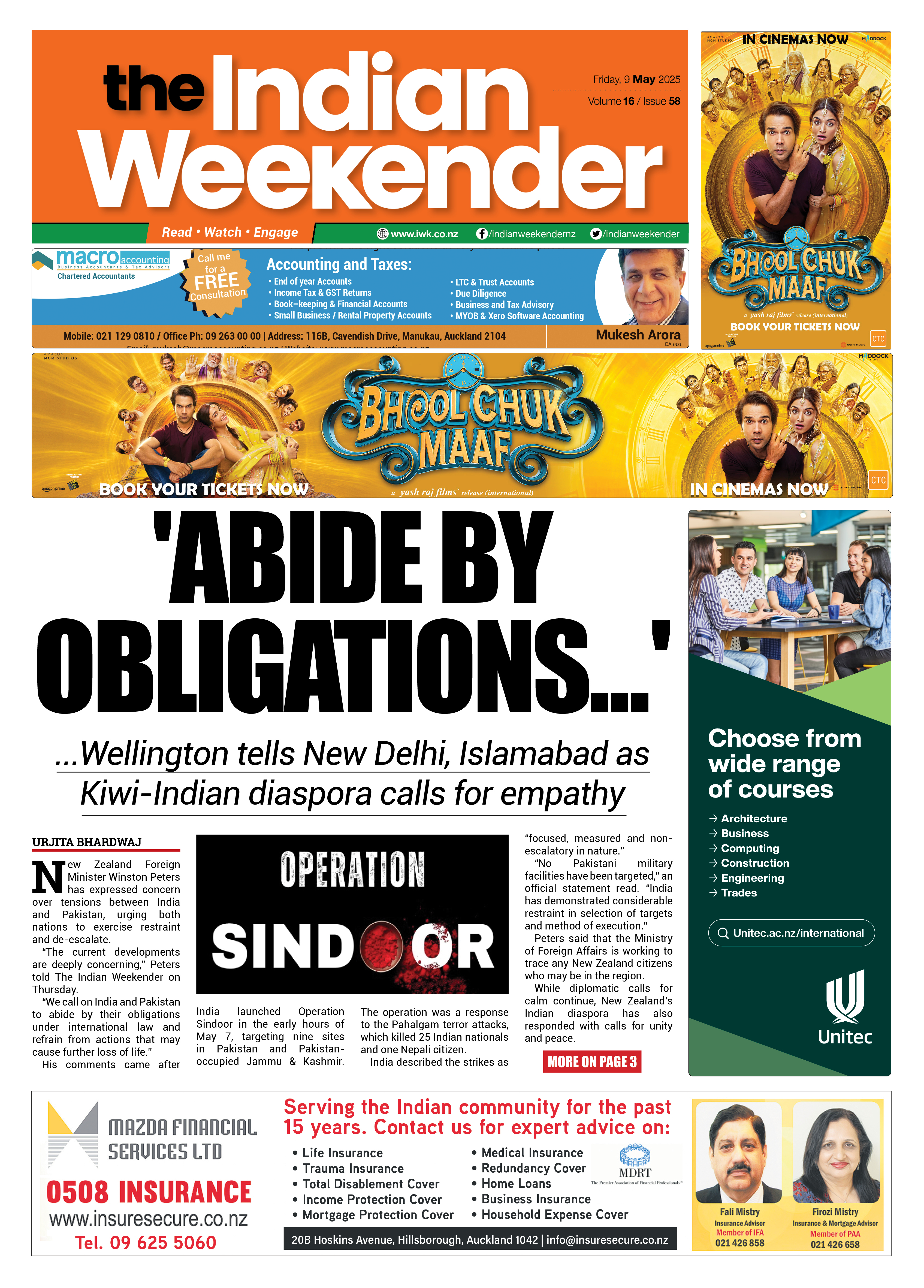The week in politics: Rising crime, inflation continues to make govt look bad

Unabated crime and spiralling inflation are taking their toll on the government’s image and making it look bad.
On the rising crime front, there is little perceived impact of the government’s recent announcement on tacking the gangs by granting limited expansion to police powers and bringing a new offence of discharging a firearm with intent to intimidate.
The news of a man and woman being found dead in a house in West Auckland last Friday, which many believed were linked to gangs, continues to perpetuate the sense of pessimism around the rise in crime.
Undoubtedly, it’s too early following the last week’s announcement on tackling gangs by the Minister of Police and Justice, and a lot more work is required to rein in the guns and the gangs currently rampant on New Zealand’s roads.
Yet, it is the continuous pouring of news of rampant ram raids, with the latest being Noel Leeming store in the Eastern suburb of Auckland – a seemingly adventurous enterprise but considered low in the level of seriousness and overall threat for operational purposes – which deepens the level of fear and pessimism around the general crime situation the most.
Clearly, the government needs to do more than just being seen tinkering at the top to bring effective and expedite change in the overall situation of rising crime in the community.
The focal point, however, remains on the record rise in inflation to a 32-year high of 7.3 per cent, which is further worsening the cost-of-living crisis. This rise in inflation was steeper than earlier forecasted, with households having to bear the burden of a sharp increase in food, petrol and other day-to-day living costs.
The government remains adamant in putting the blame on external factors of the Russian invasion of Ukraine and the accompanying rise in global oil prices, along with the ongoing impact of the Covid-19 pandemic, yet that does not tell the complete story.
Many New Zealanders are seeing the current inflationary spike as a combined consequence of the government’s perceived ideological persistence in keeping the borders closed for longer than needed, turning the tap on the supply of migrant workers in an economy with record unemployment and reeling with significant staff shortage and disruption in local supply chains, and overdrive in public spending.
Many amongst the government’s most boisterous supporters are struggling to understand how helpful - its spending of $1 billion in granting a $350 Cost of living payment hand out to lower-income families – will be in taking away the pain of the runaway inflation?
It certainly perpetuates the perception – largely projected by the opposition - that the government’s overdrive in public spending has some role to play in deepening the inflationary trend.
With elections still a while away, public perception can still swing in unexpected ways.
However, for now, it can surely be concluded that it makes the government look bad.



